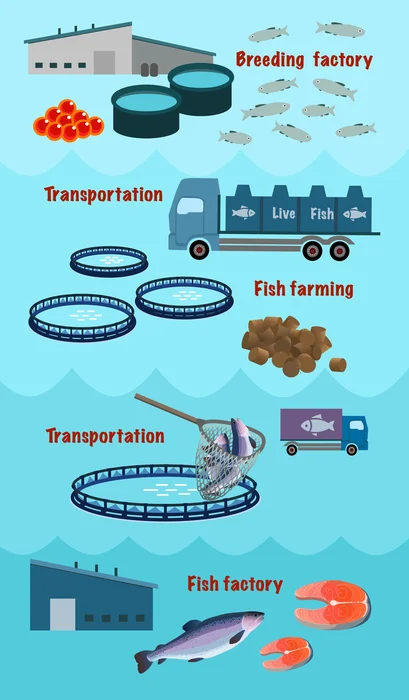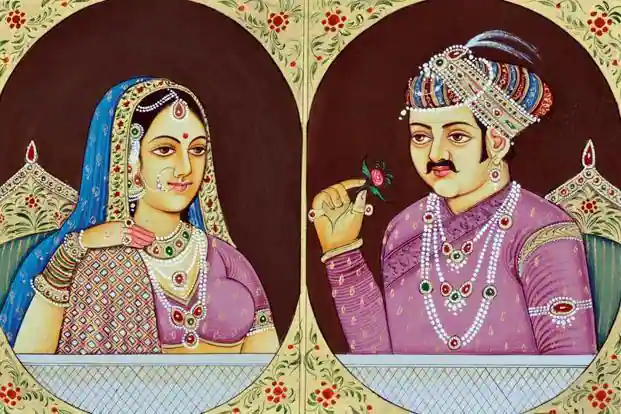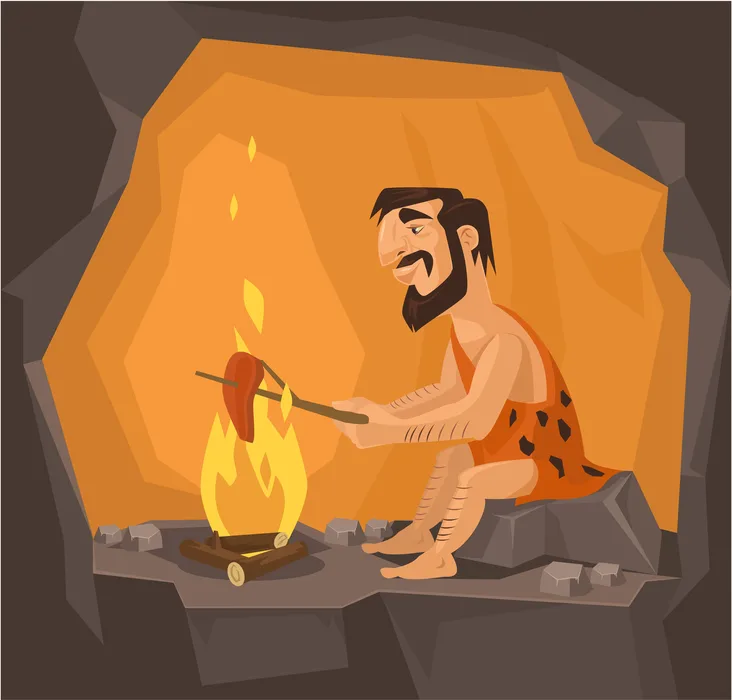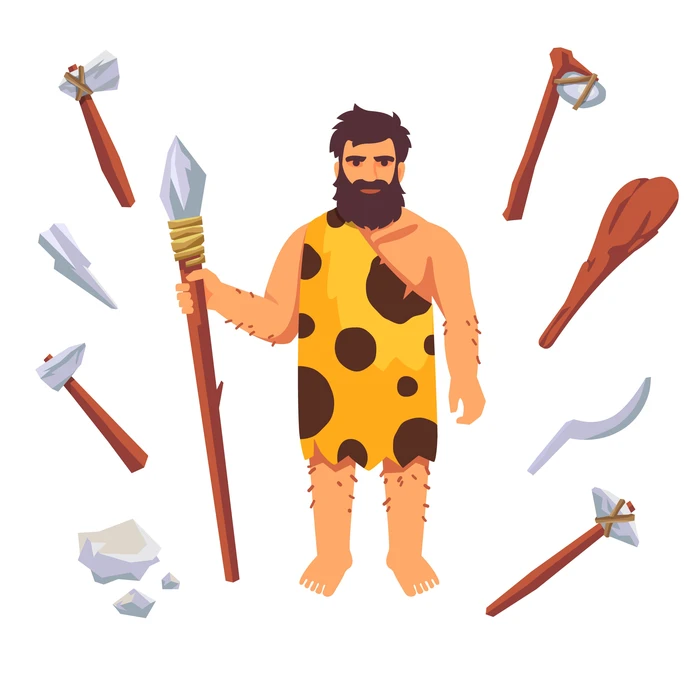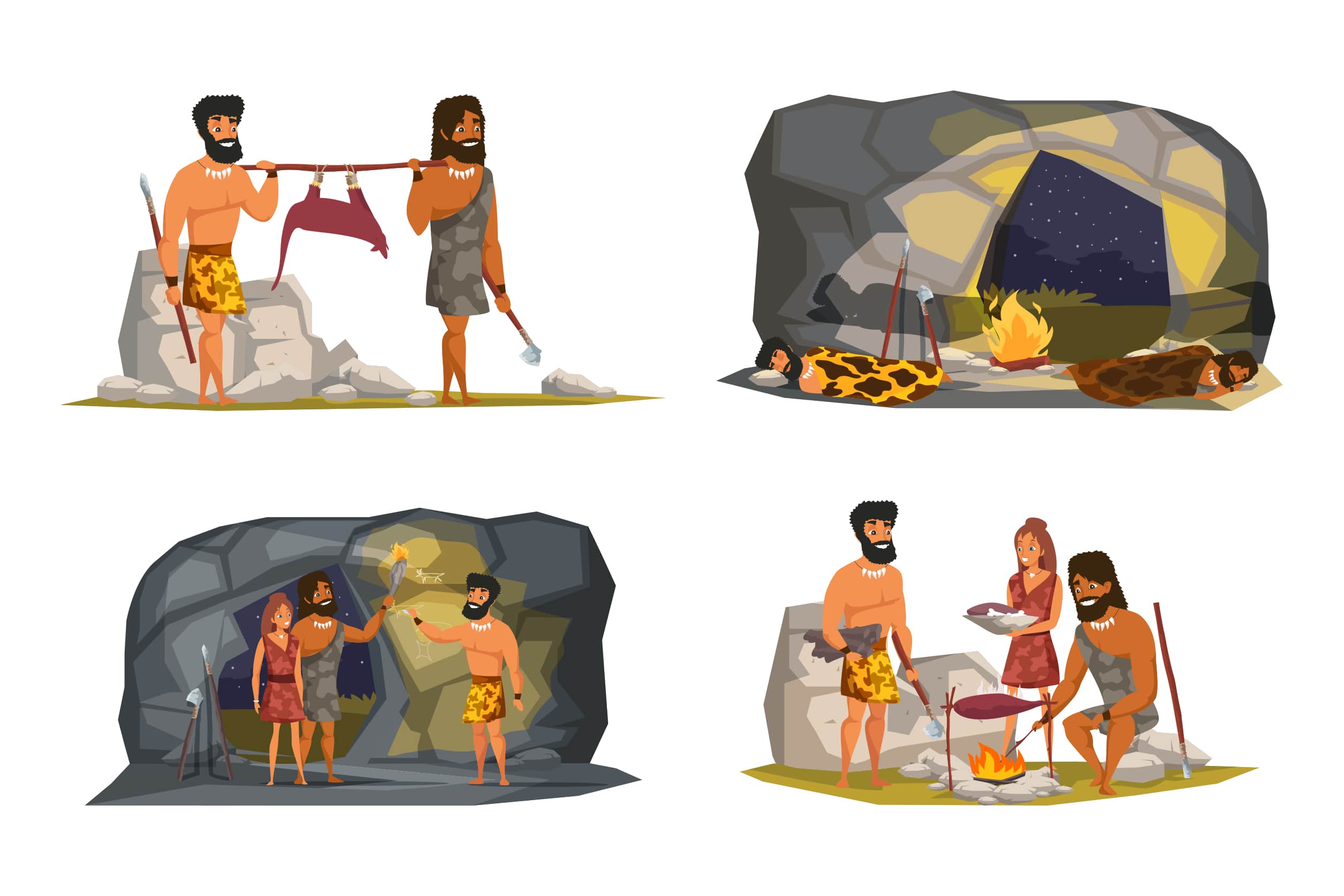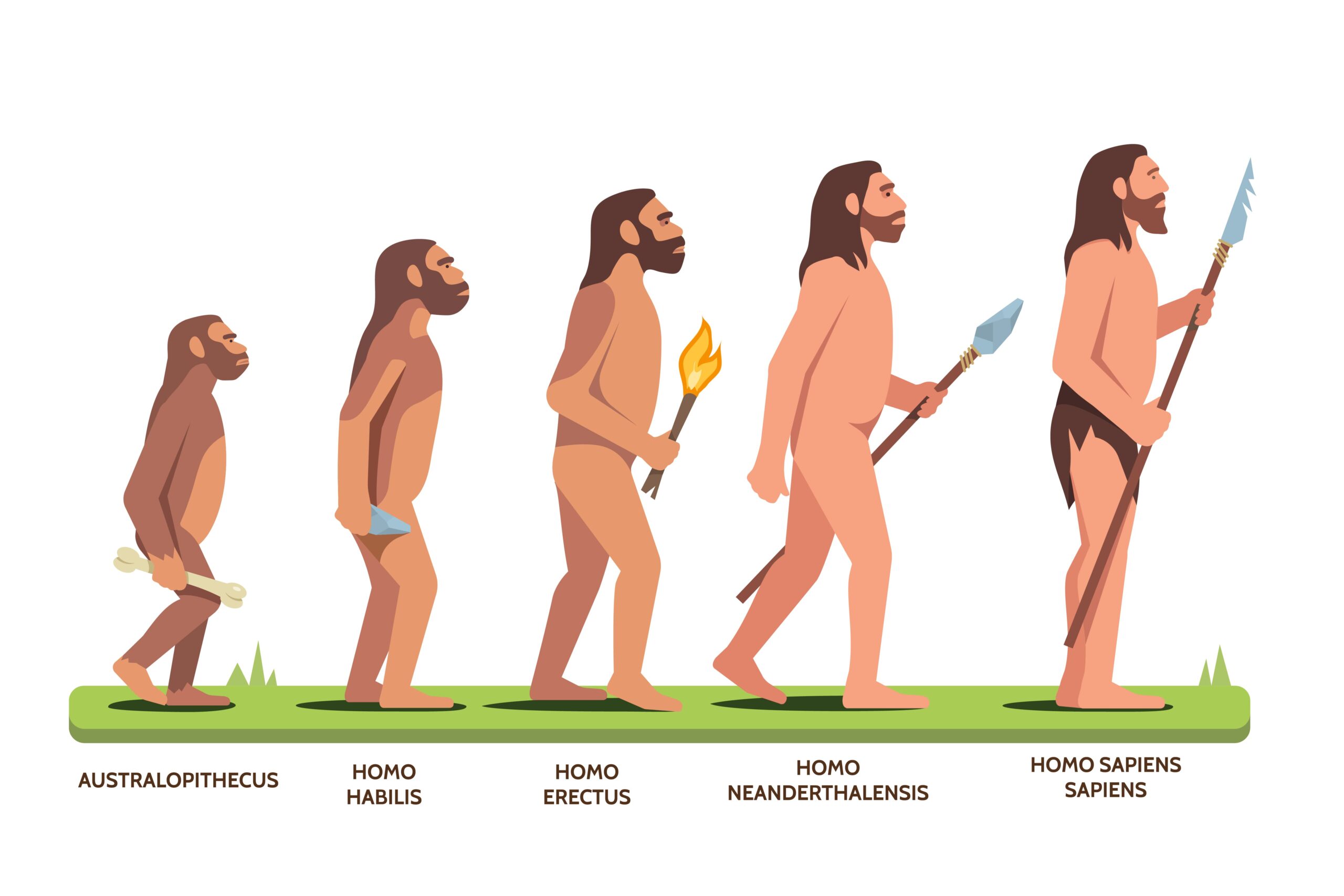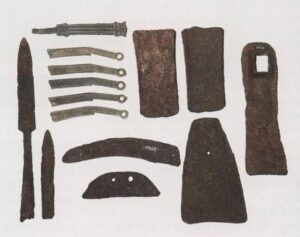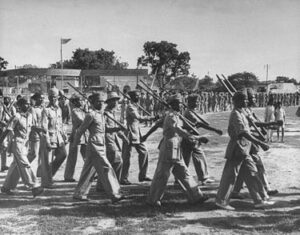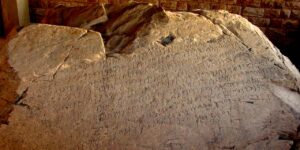Introduction
The history of India and the Subcontinent under the Mughal Empire underwent significant upheaval in the 16th and 17th centuries. The strong Rajput kings of Northern India were gradually losing control over diverse regions. The Mughals, on the other hand, could not enlarge their empire across the entire nation. The most effective tactic for enlarging their empire was Akbar’s plan to form marriage ties with the Rajput’s. The Rajput’s were likewise prepared to strengthen the Mughal Empire for their own political gain. They freely gave their daughters in marriage to the Mughal emperors in exchange for money and respected positions in the Mughal empire.
Mughal alliances with the Rajput’s
- The Rajput’s were an important part of Akbar’s diplomatic plan to strengthen their grip over the nation. He had faith that Rajput’s would supply them with a dependable and powerful military.
- Rajput’s performed a variety of tasks under Emperor Akbar during the Mughal era.
- Rajput’s were given money and several significant posts in the government, including the office of Mansabdars, in recognition of their contributions to the defense and expansion of the Mughal empire.
- Emperor Akbar eliminated the Jizya Tax and the Pilgrimage Tax for the Hindus as the alliance grew over time.
- Through reconciliation strategies with Hindus, particularly with the Rajput’s Emperor Akbar gradually extended the Mughal Empire into Northern India and, to some extent in the Deccan region.
Akbar’s Marriage to Rajput Girls
- As a part of the New Diplomatic Strategy, a marriage alliance was created between the two ruling families, the Mughals and the Rajput’s. The Rajput’s decided to barter their daughters for political gain and monetary benefits.
- The first Rajput woman to marry the Mughal Emperor Akbar and gain access to the Mughal zenana was known as Jodha Bai in 1562. She was Raja Bihari Mal’s (Bharmal)daughter, the ruler of Amber.
- The Rajput’s gained a lot of benefits and influence by arranging for her marriage to the Mughal monarch.
- Raja Bhagwan Das, the brother of Akbar’s wife, rose to the rank of commander in the Mughal cavalry.
- Similar to this, Rao Kalyanmal of Bikaner wished to marry Emperor Akbar to his two nieces, Raj Kanwar and Bhanumati.
- Around the same period, Rajkumari Nathi Bai, the daughter of the ruler of Jaisalmer Hari Raj, was also going to marry Emperor Akbar. Akbar also gave his son Kunwar Sultan Singh a position of honor in the palace.

King Akbar was a great ruler and hence never objected to them following their own Hindu faith. He even provided his wives’ parents and other royal relatives with respectable jobs. All the wives were free to follow their Hindu rites and prayers just as they had in their paternal home. Also, Akbar never attempted to convert them to Islam.
Jahangir’s Marriage to Rajput Girls
Jahangir, Akbar’s successor, and son, also kept up his marriage ties to the Rajput. Prior to taking the throne, Jahangir wed Mani Bai, a Kachchwaha princess who was the daughter of Raja Bhagwant Das. Then, after ascending to the position of Emperor, he wed numerous Rajput women. Notably, the daughters of Jagat Singh Kachchawaha and Ram Chandra Bundela also married King Jahangir. The last union between the Rajput and the Mughals took place in 1715 when Indira Kanwar, the daughter of Marwar King Ajit Singh, married Emperor Farrukhsiyar.
List of marriage alliances between the Mughals and the Rajput
Here is a list of marriage alliances between the Mughals and the Rajput-
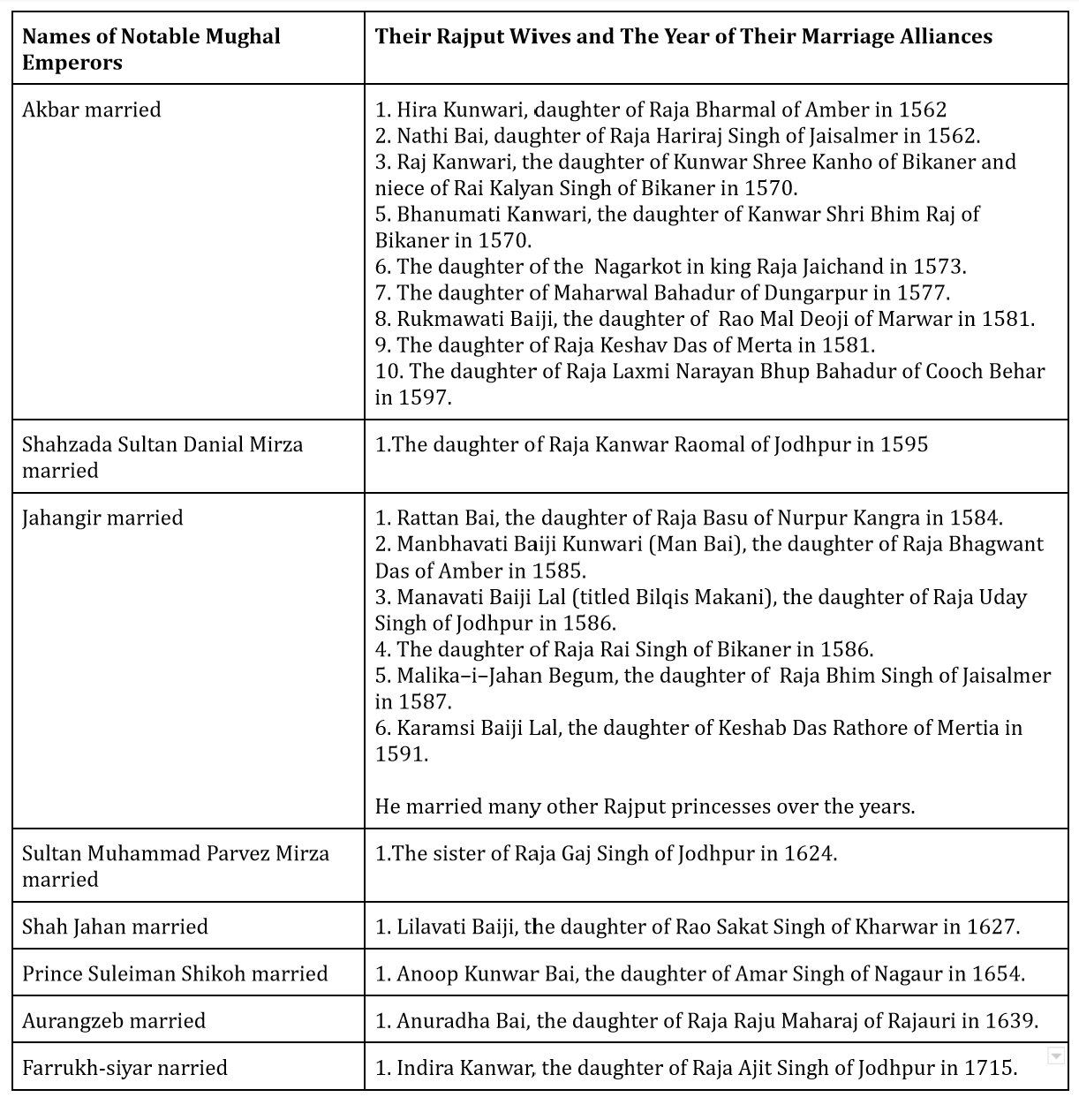
Summary
In Indian history, the Mughals were the most influential and powerful kings. The Mughals nearly completely expanded their Empire during the 16th and 17th centuries. The Turko Afghan Sultanate was taking control of the regions that the Rajput kings once ruled in North and North East India. The Turko Afghan sultanate was overthrown by the Mughals. The Mughals thus proved to be very powerful, But when Akbar assumed control, he understood the importance of having a reliable and powerful military. He then developed a fresh approach to diplomacy wherein he started making alliances with the Rajput by marrying their daughter. The first Rajput princess who married King Akbar was Jodhabai. These alliances helped in the growth of the Mughal empire and also gave various benefits to the Rajput who married their daughters to the Mughal King..
Frequently Askes Questions
1. Who were the Rajput?
Ans: The Rajput were a military clan renowned for their valour and fidelity. The Sanskrit term “Raja Putra,” which implies a King’s son, served as the inspiration for the name “Rajput. From the sixth until the twelfth centuries, they controlled India.
2. Give a short explanation of the Mughals.
Ans: The Timurid dynasty included the Mughals. The Turco Mongols of Central Asia were the ancestors of this dynasty. They took control of India in 1526, and by 1707 they had taken control of the whole subcontinent, which included modern-day India, Afghanistan, Sri Lanka, Bangladesh, and Pakistan. They held power over India till the 1850s.
3. Who was Emperor Akbar?
Ans: Emperor Akbar’s full name Abu’l-Fath Jalal-ud-din Muhammad Akbar was the son of emperor Humayun. He served as the third Mughal emperor from 1556 to 1605. He was known as “the great” emperor due to a number of his achievements such as-
- The expansion of the Mughal Empire across the Indian subcontinent.
- Tolerance towards various other religious beliefs.
- His administrative reform initiatives for the betterment of society.
- His progressive attitude to end tax discrimination against Muslims and Hindus.

